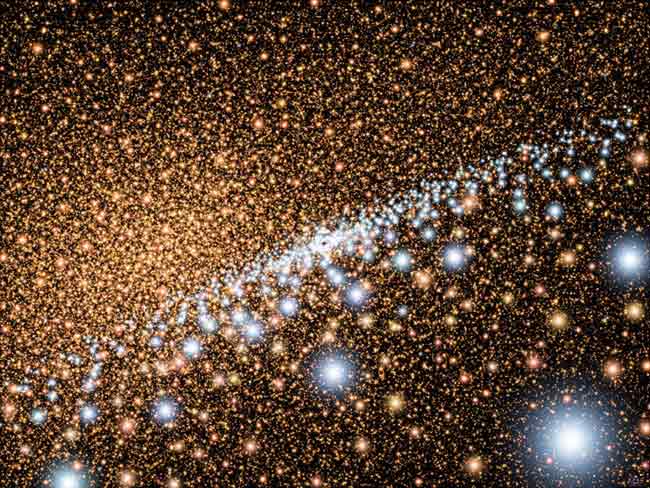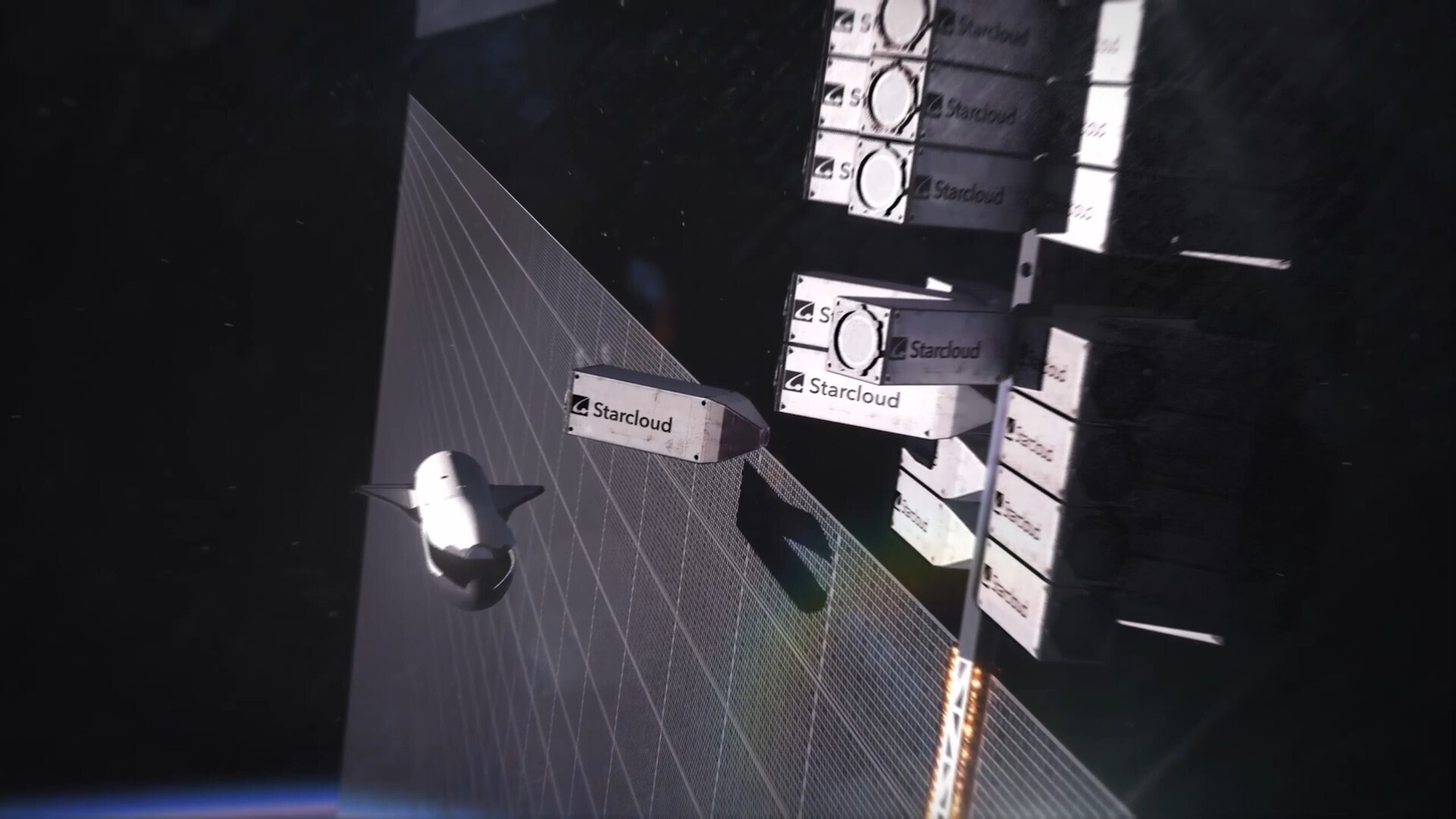Surprise Star Formation Found Near Black Hole

LONG BEACH, Calif. ? Two embryonic stars discoveredjust a few light years away from the Milky Way?s center show that stars canform in the potentially destructive reach of the powerful black hole at ourgalaxy's center.
Astronomershave long known that young stars could be found near the centerof the galaxy, but they had no idea how the stars got there.
The regionwasn't thought to be conducive to starformation because of the powerful gravitational tides stirred up by the 4million solar-mass blackhole at the galaxy's center. Scientists had figured that the tides wouldrip apart any gas clouds that could act as stellar nurseries.
Analternative explanation, that the stars fell in toward the galaxy's centerafter forming elsewhere, was thought to be a rare event.
But the newdiscovery, presented here today at the 213th annual meeting of the AmericanAstronomical Society, shows that the stars did form in place.
?Weliterally caught these stars in the act of forming,? said Elizabeth Humphreysof the Harvard-Smithsonian Center for Astrophysics in Cambridge, Mass.
Because thegas and dust between Earth and the galactic center blocks visible light fromgetting out, astronomers use infrared and radio wavelengths to peer into theregion.
Breaking space news, the latest updates on rocket launches, skywatching events and more!
Humphreysand her colleagues (at the Harvard-Smithsonian Center and the Max PlanckInstitute for Radio Astronomy in Germany) used the Very Large Array of radiotelescopes to search for water masers ? radio signals that signal proto-starsstill embedded in their birth cocoons.
The teamfound the proto-stars at seven light-years and 10 light-years from the galacticcenter (a light-year is the distance light will travel in a year, about 6 trillionmiles, or 10 trillion kilometers). Combined with one previously identifiedproto-star, the objects show that star formation is taking place near the MilkyWay's center.
The findingsuggests that the molecular gas at the center of the MilkyWay from which the stars form is denser than previously thought. The higherdensity gas makes it easier for the self-gravity of the condensing cloud toovercome the strong pull of the black hole and to collapse to form new stars.
Thediscovery also supports recent supercomputer simulations that showed starformation within a few light years of the Milky Way?s central black hole.
"Wedon?t understand the environment at the galactic center very well yet,"Humphreys said. "By combining observational studies like ours withtheoretical work, we hope to get a better handle on what's happening at ourgalaxy's core. Then, we can extrapolate to more distant galaxies."
- Video:Black Hole Diving
- ZoomIn: Milky Way Star Factories
- Top 10Star Mysteries

Andrea Thompson is an associate editor at Scientific American, where she covers sustainability, energy and the environment. Prior to that, she was a senior writer covering climate science at Climate Central and a reporter and editor at Live Science, where she primarily covered Earth science and the environment. She holds a graduate degree in science health and environmental reporting from New York University, as well as a bachelor of science and and masters of science in atmospheric chemistry from the Georgia Institute of Technology.
